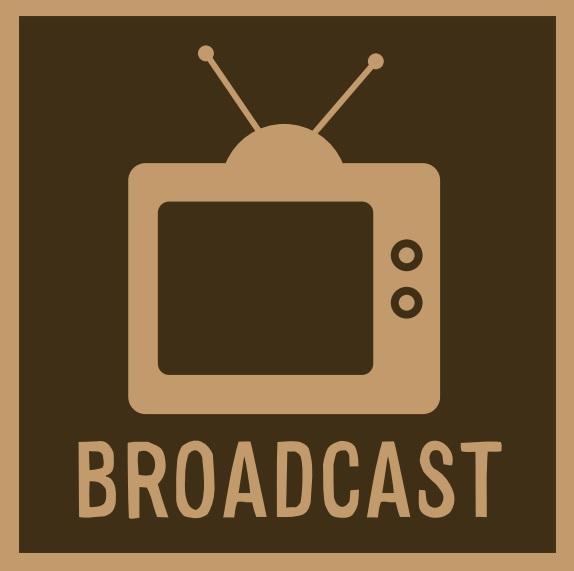Broadcast Technology
BROADCAST TECHNOLOGY

Students in the Broadcast Technology pathway learn the fundamentals of working in front of the camera, as well as what goes on behind the scenes. Students write scripts, create PSA's, design visual materials, join local and national competitions and study broadcasting operations and management.
Course Descriptions
This course is designed to provide students with the basic knowledge and skills necessary for television, video, film, and/or radio production. Camera operation, use of graphics and other visual, lighting, audio techniques, editing, production principles, and career opportunities are typical topics covered within this course.
This is the second course in a three-year sequence of broadcasting courses. In this course, students will develop skills needed for a career in the technical aspects of radio and television broadcasting. Instruction includes camera operations, basic audio and video editing, sound and lighting techniques, and sound mixing. Students learn the operation, maintenance, and repair of video and DVD recording equipment, video/digital cameras, microphones, computers, lighting/grip equipment, and other production equipment used in the video and audio production of television programs. Students will also learn to use, maintain, and repair various types of audio recorders, amplifiers, transmitters, receivers, microphones, and sound mixers to record and broadcast radio programs.
This is the third course in the three-year sequence of broadcasting courses. In addition to expanding on the activities explored in the first two courses, students work in a team-based environment to create a variety of video and audio related broadcasts. Instruction includes single and multi-camera operations, linear and nonlinear video editing, production and post-production processes, animation graphics, sound mixing, multi-track production, audio editing, and special effects. Students learn how to use digital editing equipment and software to electronically cut and paste video and sound segments together, as well as how to regulate and monitor signal strength, volume, sound quality, brightness, and clarity of outgoing signals. This course also provides students with an understanding of the FCC and other governmental agencies' regulations related to radio and television broadcasting.
This pathway allows the students to earn two industry-recognized credentials as an Adobe Certified Associate in Photoshop and Premier.
More information coming soon!
More information coming soon!
More information coming soon!
| Wages | Earn $40,239 per year |
| Employment | Small occupation |
| 10 Year Growth | Slow |
| Annual Openings | Low |
More information coming soon!
Mr. Elio Rodriguez


